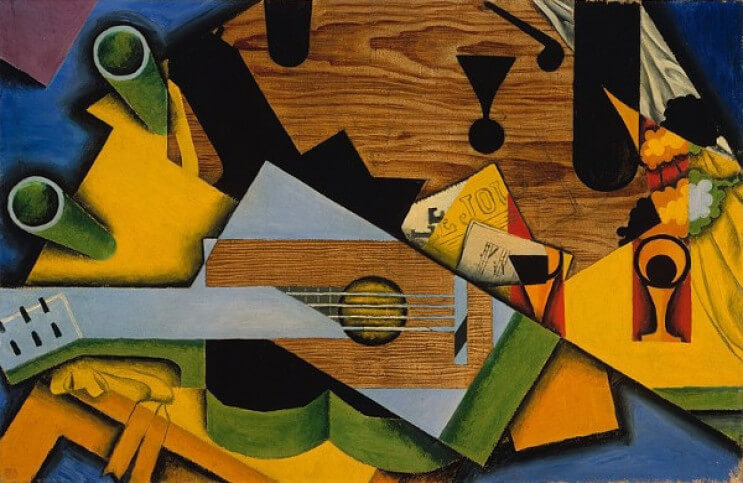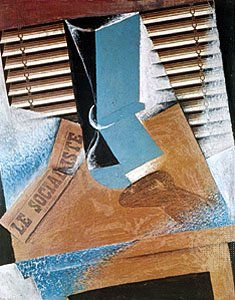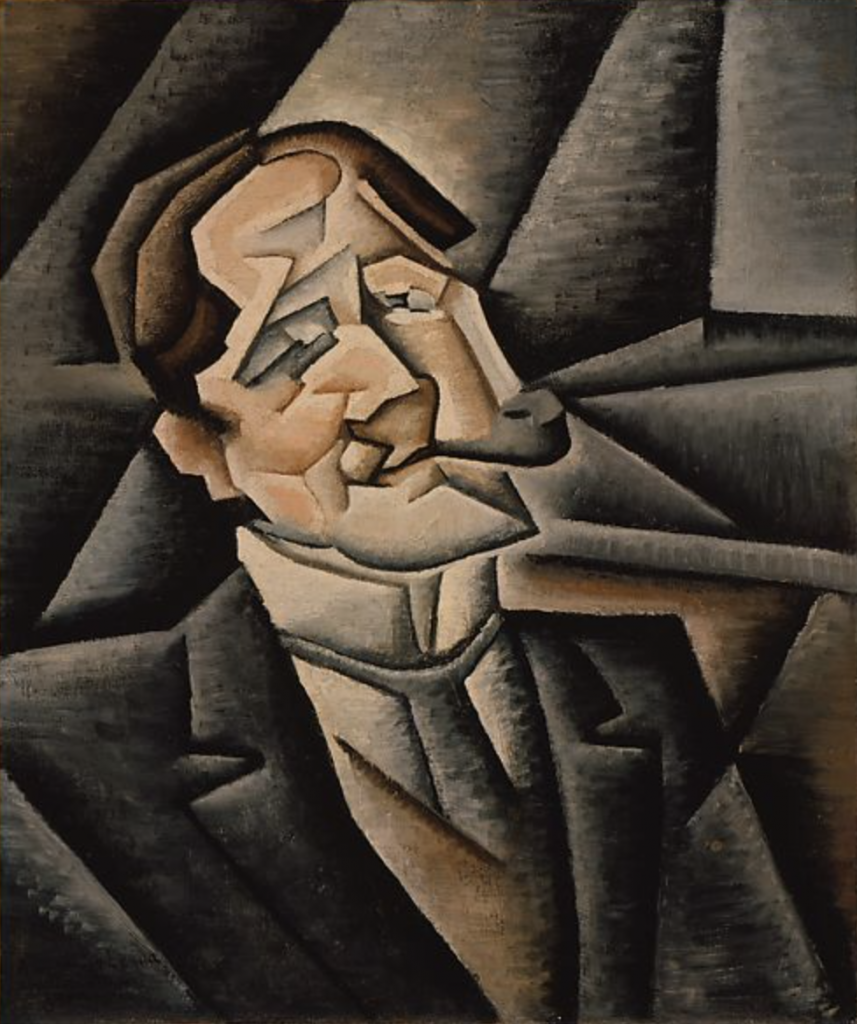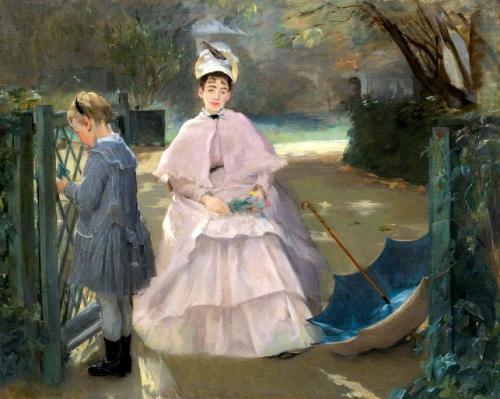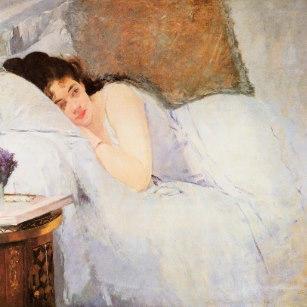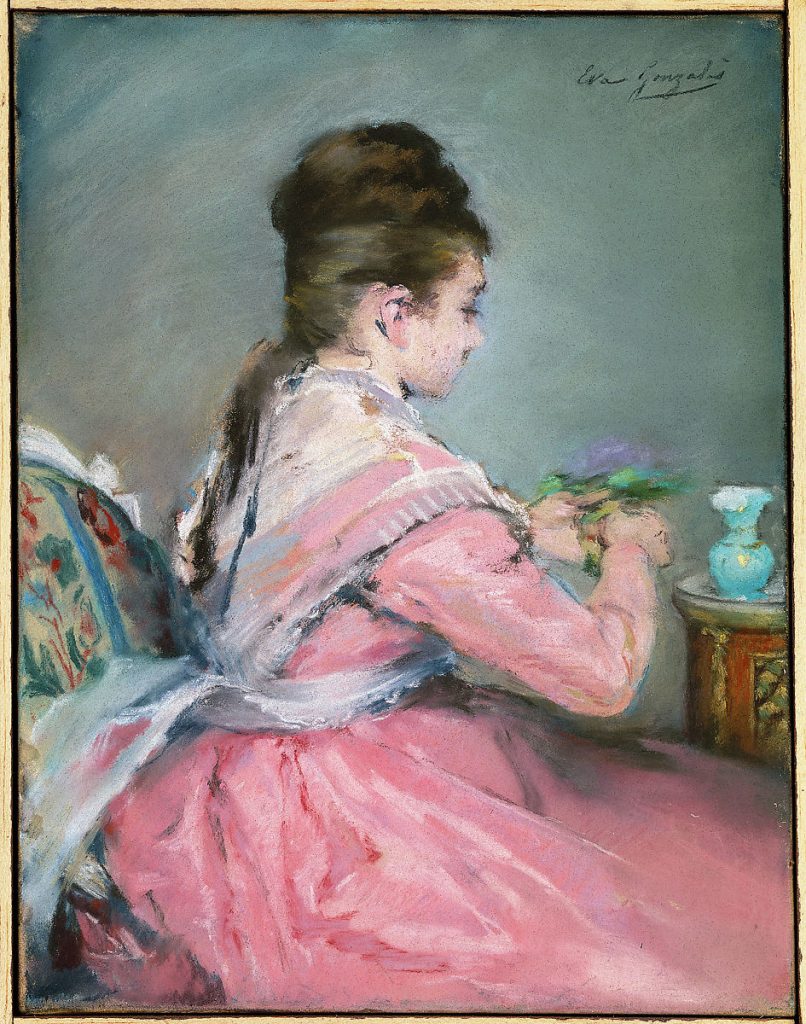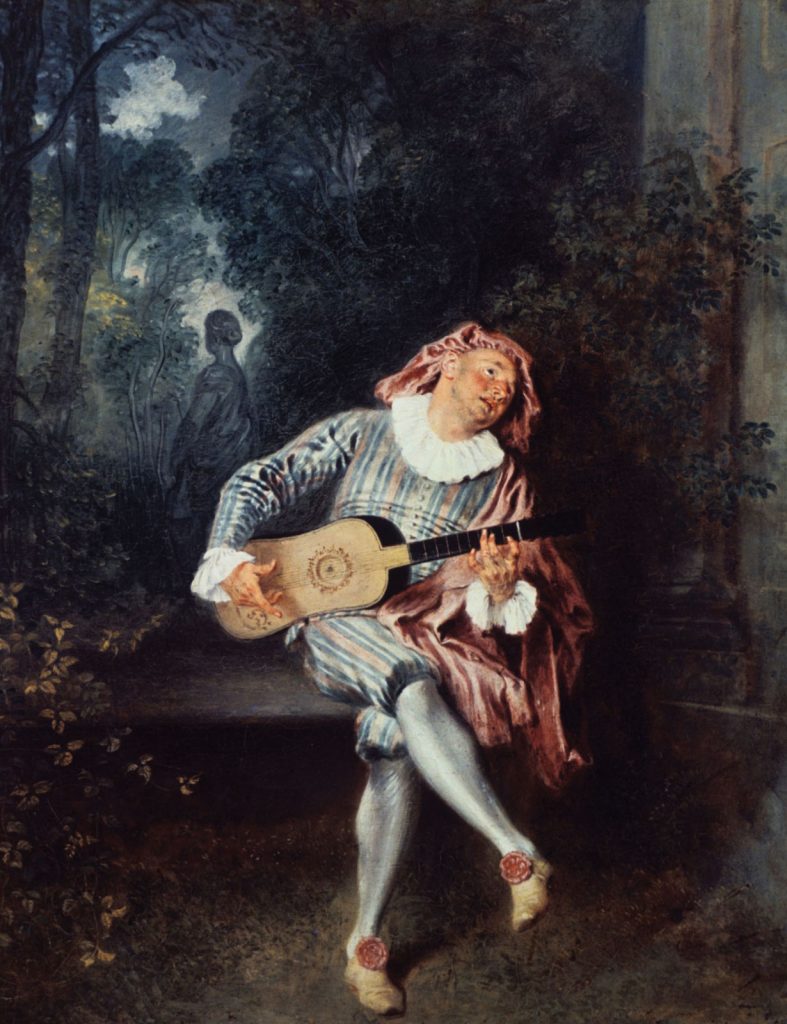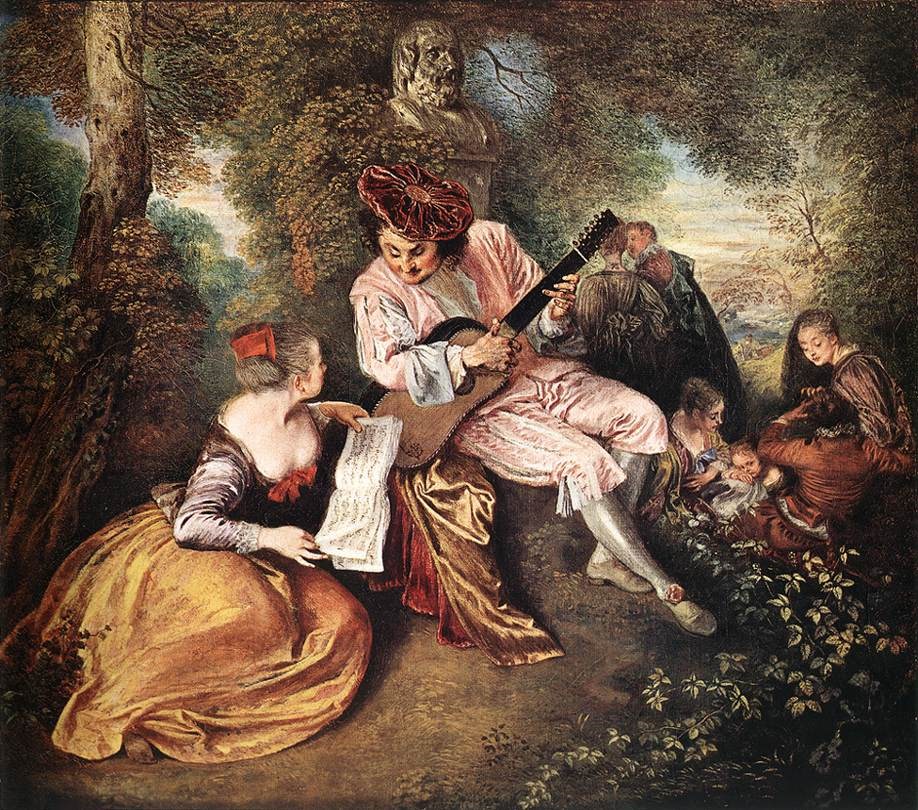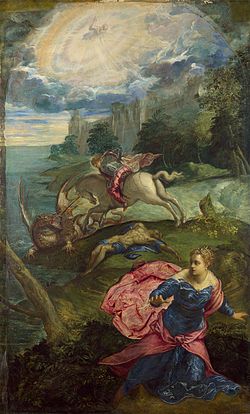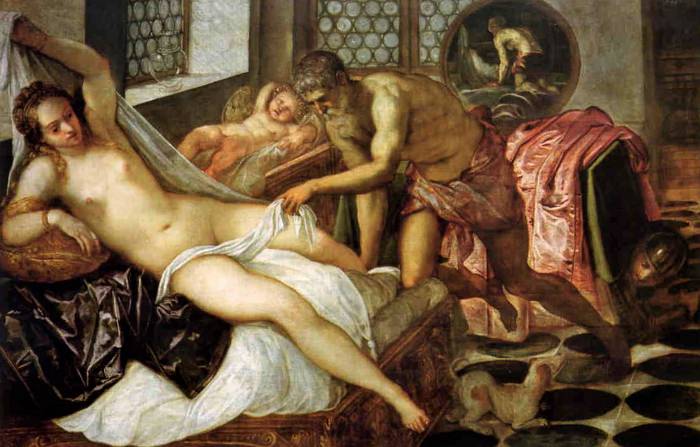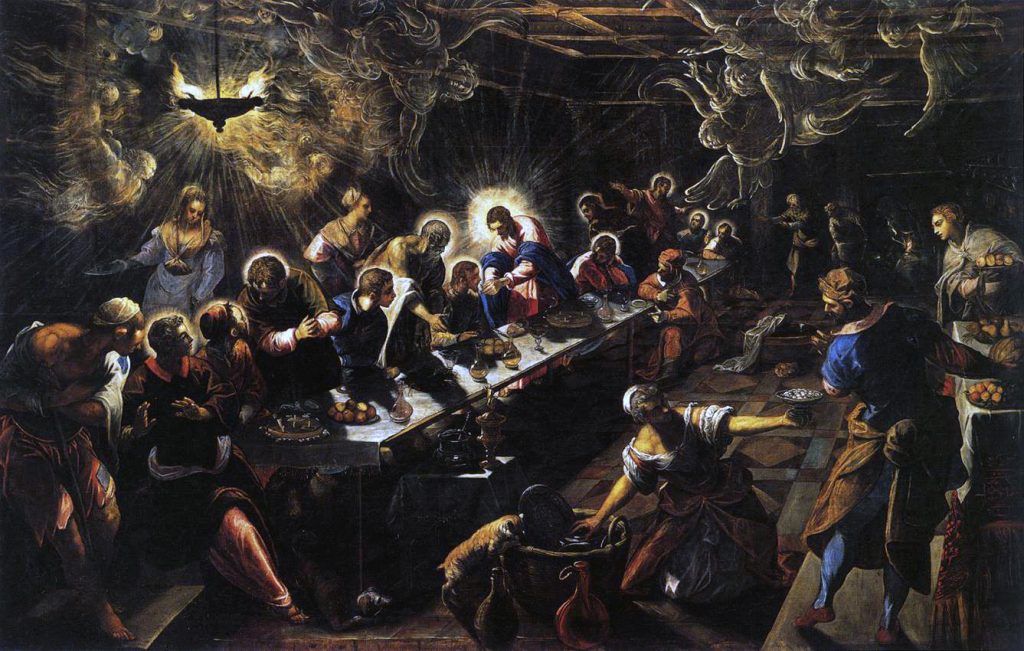Lisa Yuskavage is an American painter who is known for her female figurative paintings. She received her BFA from The Stella Elkins Tyler School of Art at Temple University and her MFA from Yale University’s School of Art. Then, she went on to exhibit her work in several places such as the Seattle Art Museum and the Whitney Museum of American Art. Further, her work draws techniques from the high renaissance to depict these nudes. She combines this with a strong use of colour to demonstrate an overall mood. To continue, many critics have called upon the absurd proportions of these women. They state that her paintings set high expectations for what a women’s body should look like in this modern day. Yuskavage has responded by saying that she wants to invoke these reactions. She wants to create pieces that will produce different reactions to grab the attention of the audience. She also states that her paintings are supposed to seem anatomically impossible and are supposed to represent the far-fetched male sexual fantasies.
Overall, I am mesmerized by the work of Yuskavage. There is this fantastical quality to her pieces that draws my attention to her work. I wish I could see more representation in her paintings, particularly in body sizes. However, she has created this interesting concept with her inconceivable body proportions that adds an extra reason to admire her art. I think I’m also drawn into her work because she combines two different ideas in art: one that comes from the High Renaissance period and the other that feels more contemporary. Her work is ultimately a modern take on a classical part of art history.
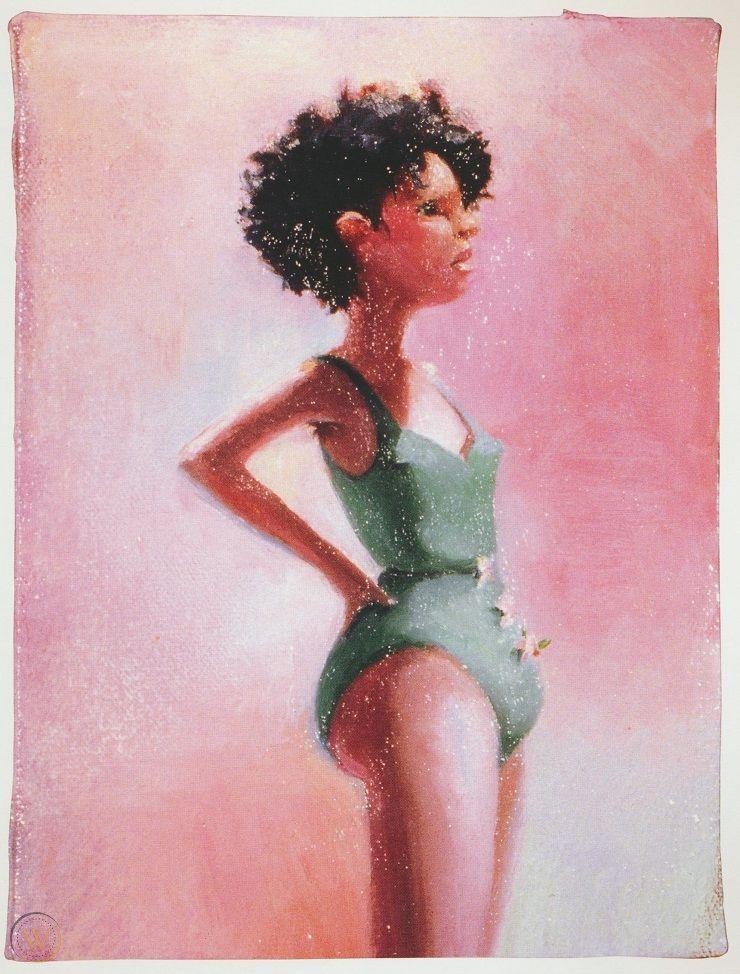
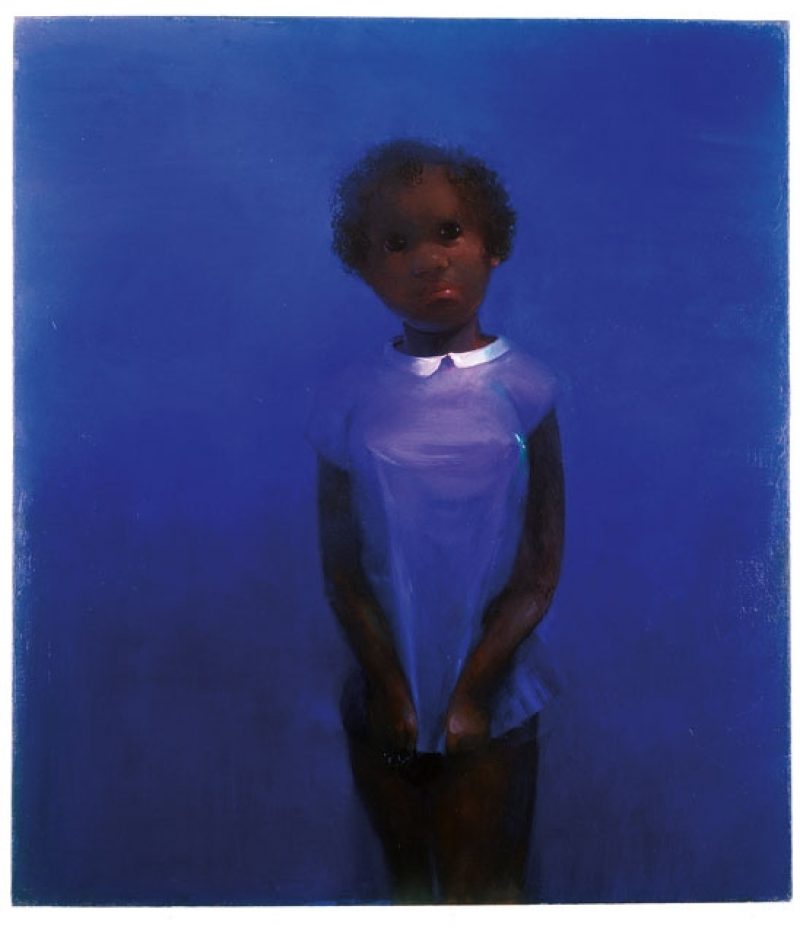
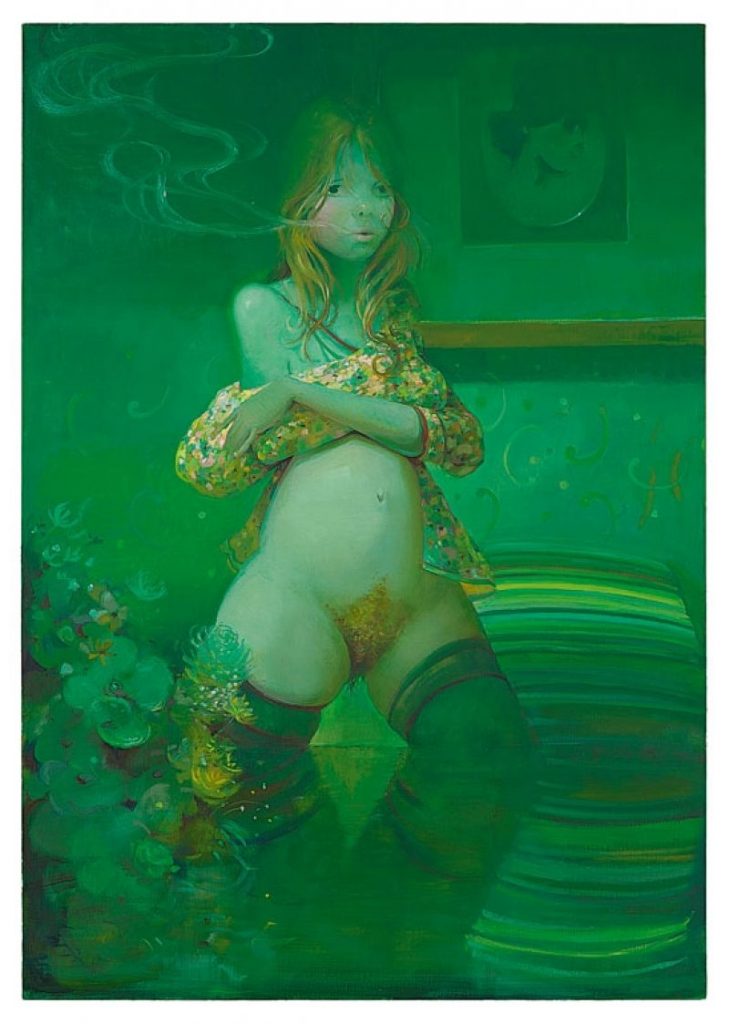
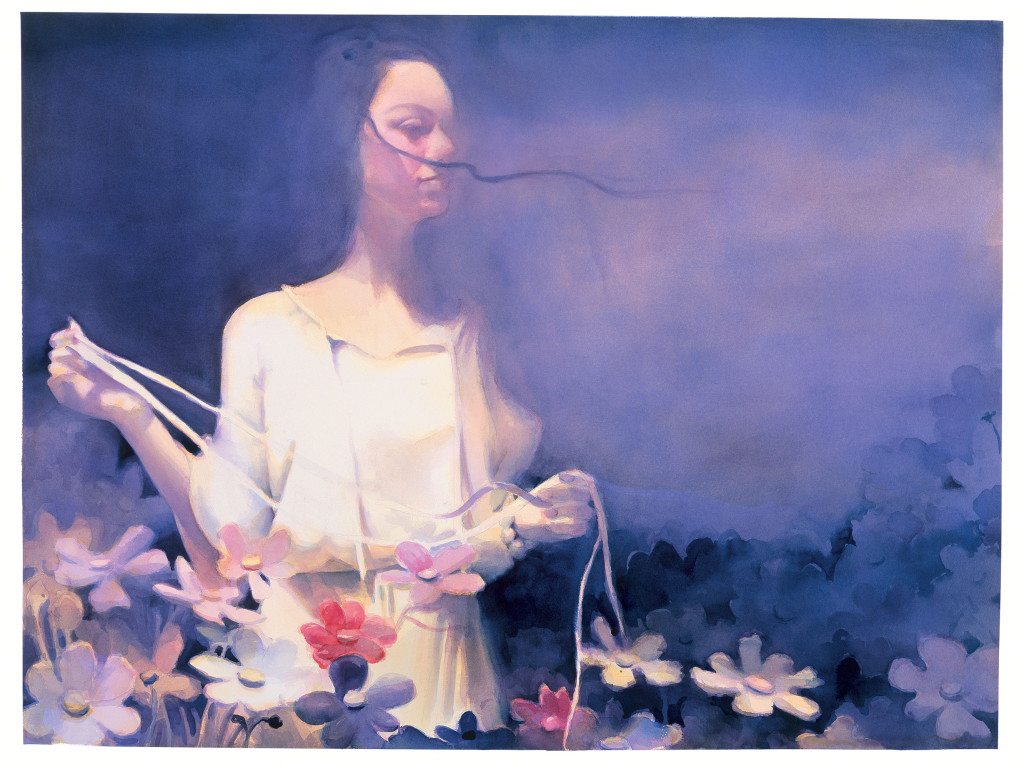

Sources:
http://www.artnet.com/artists/lisa-yuskavage/biography

